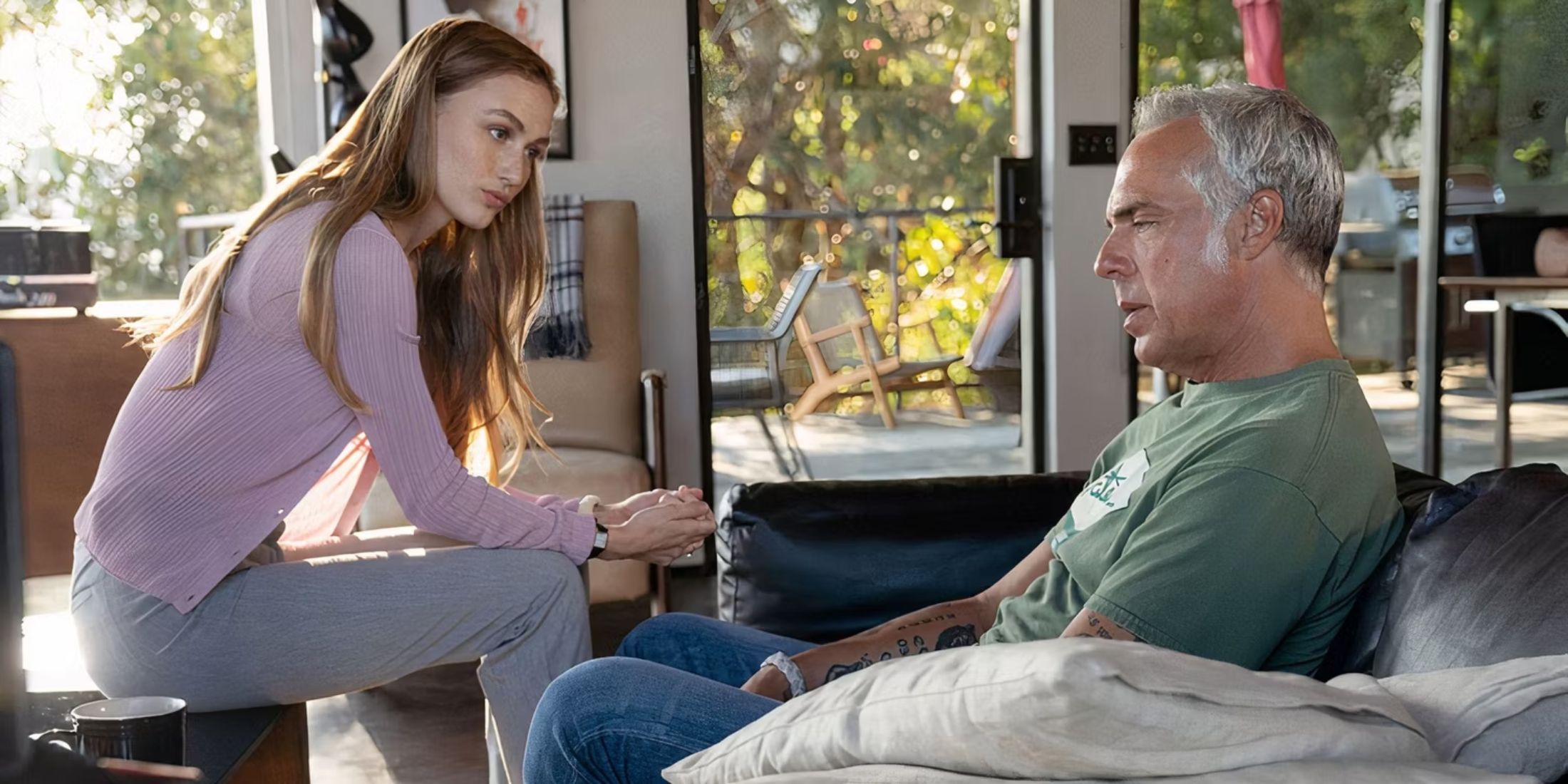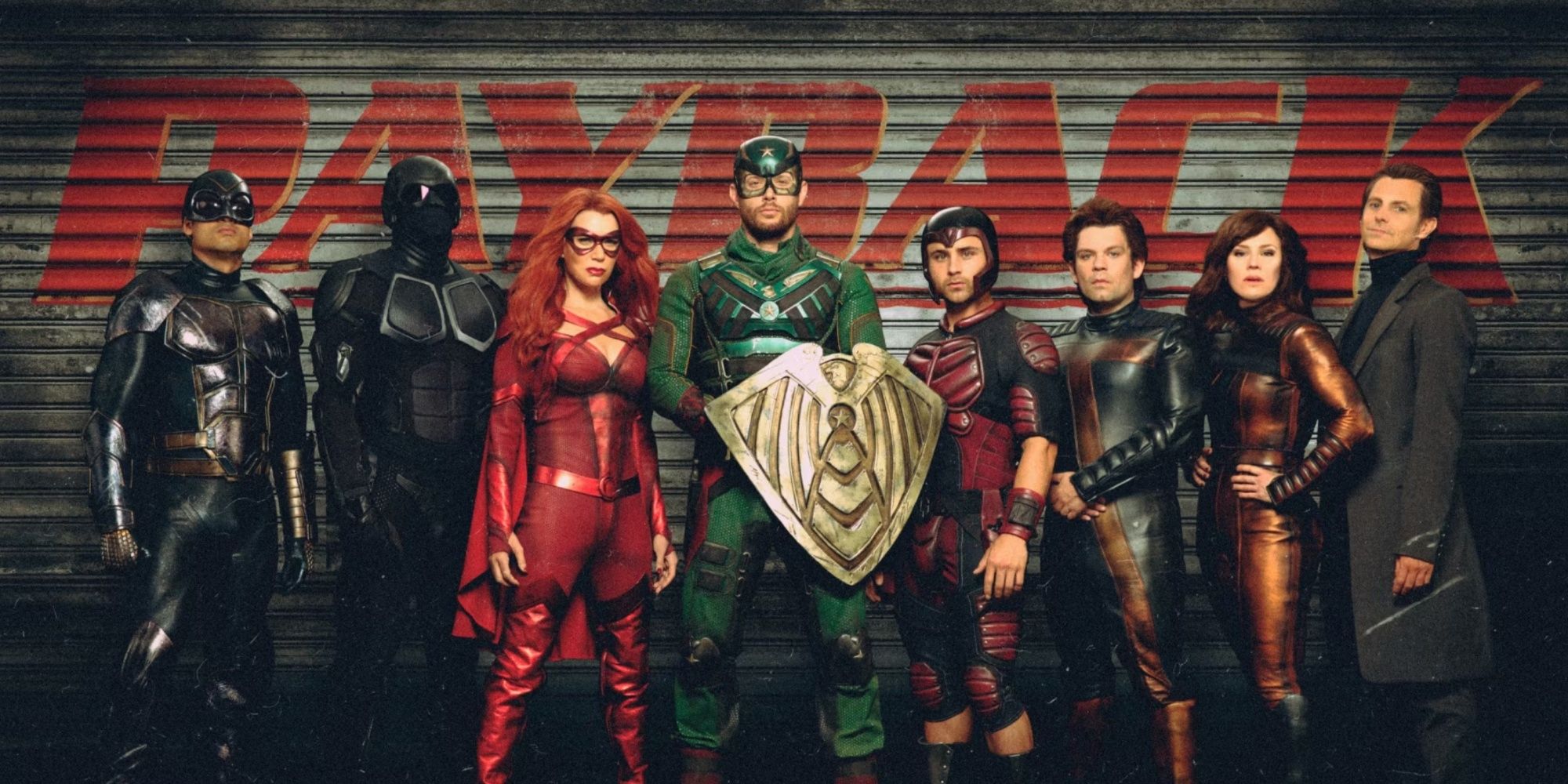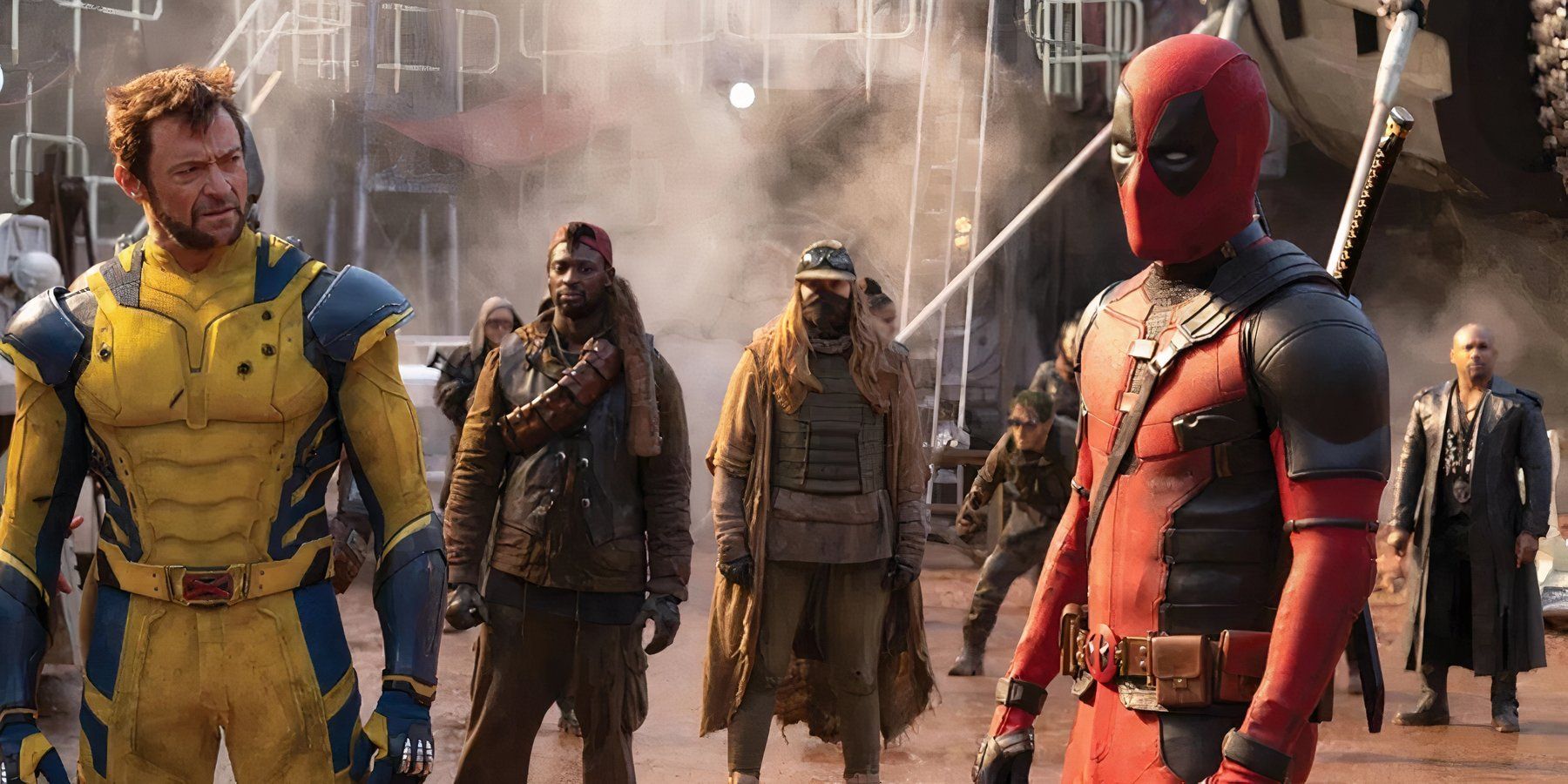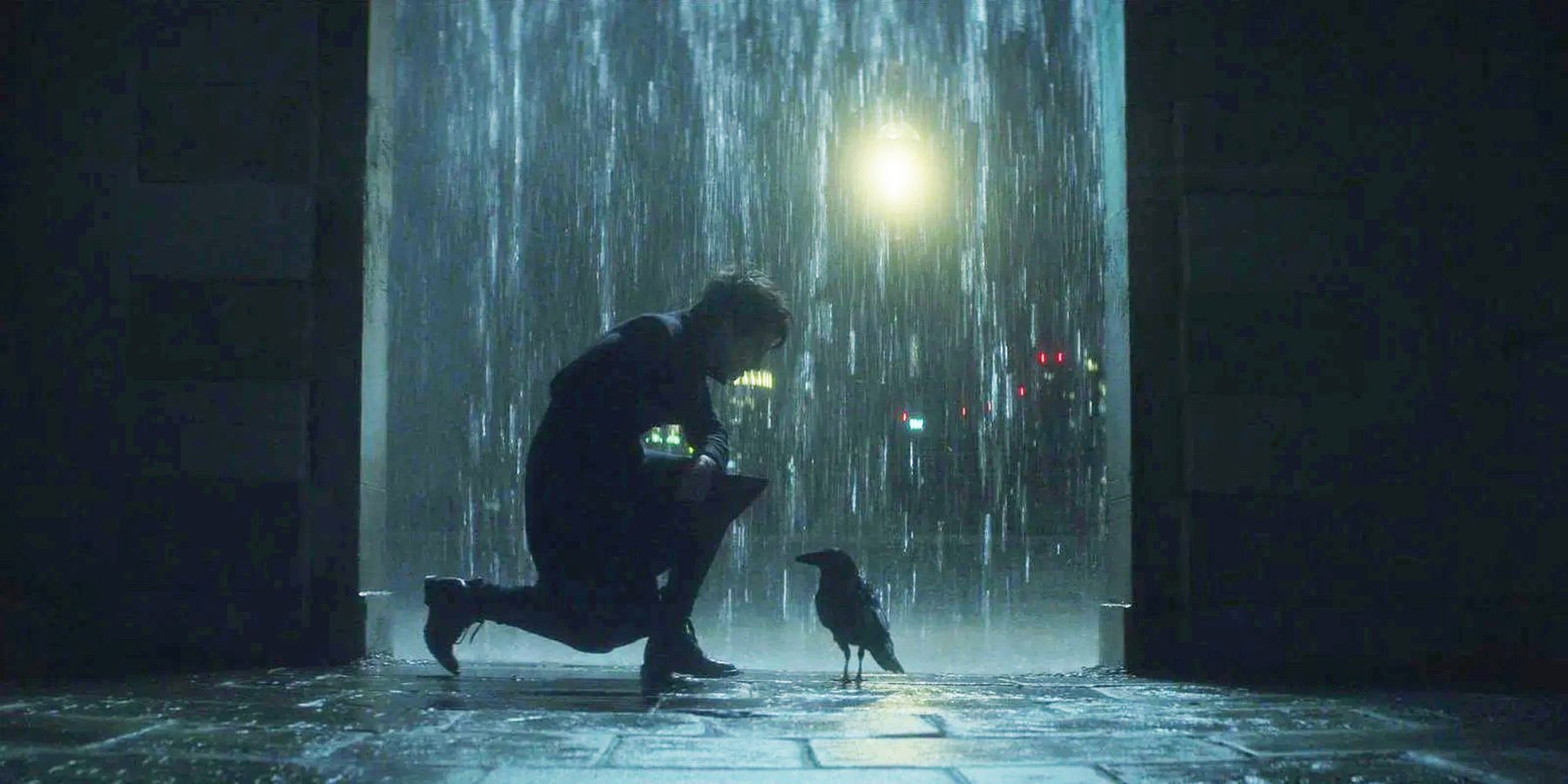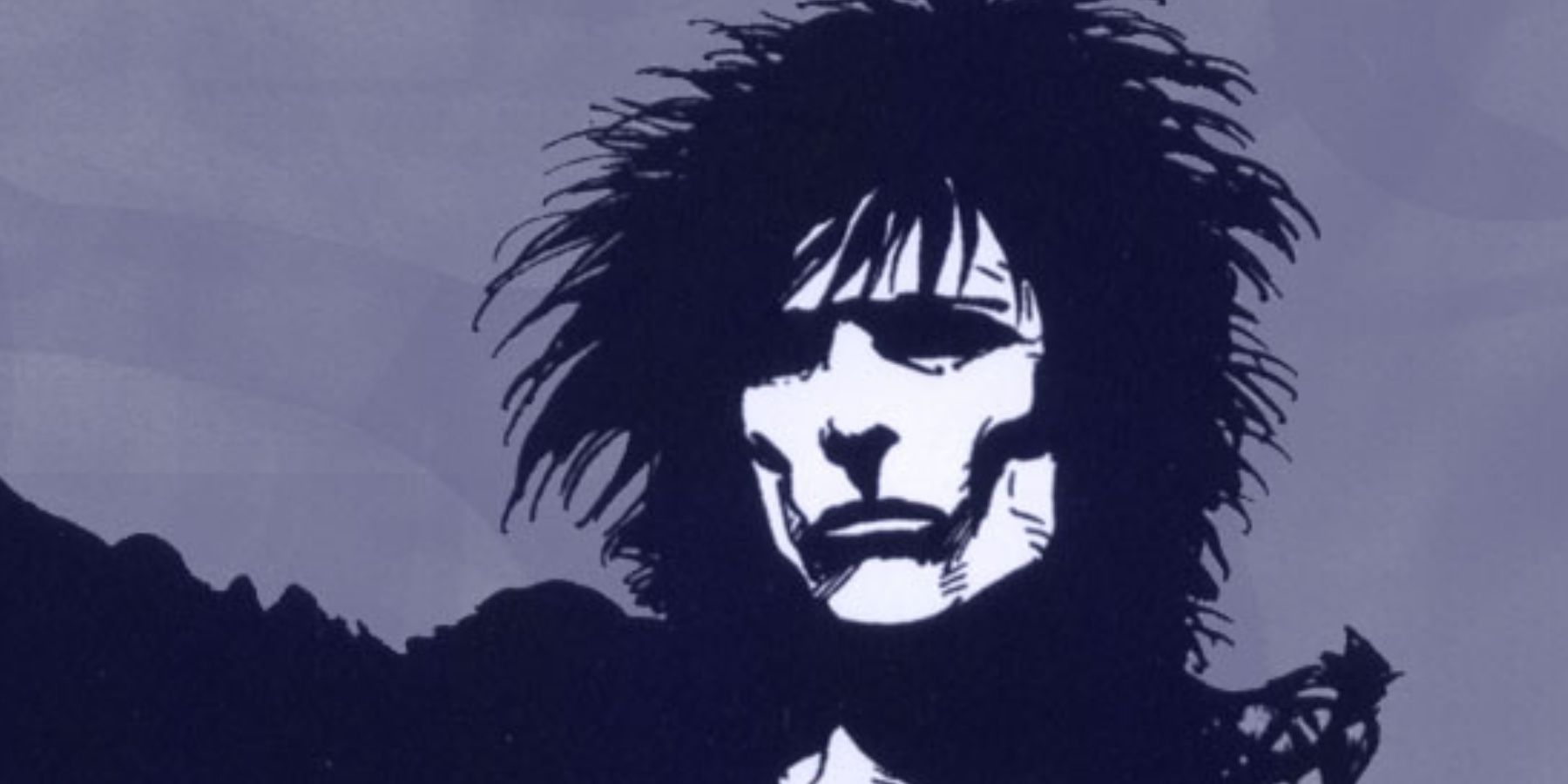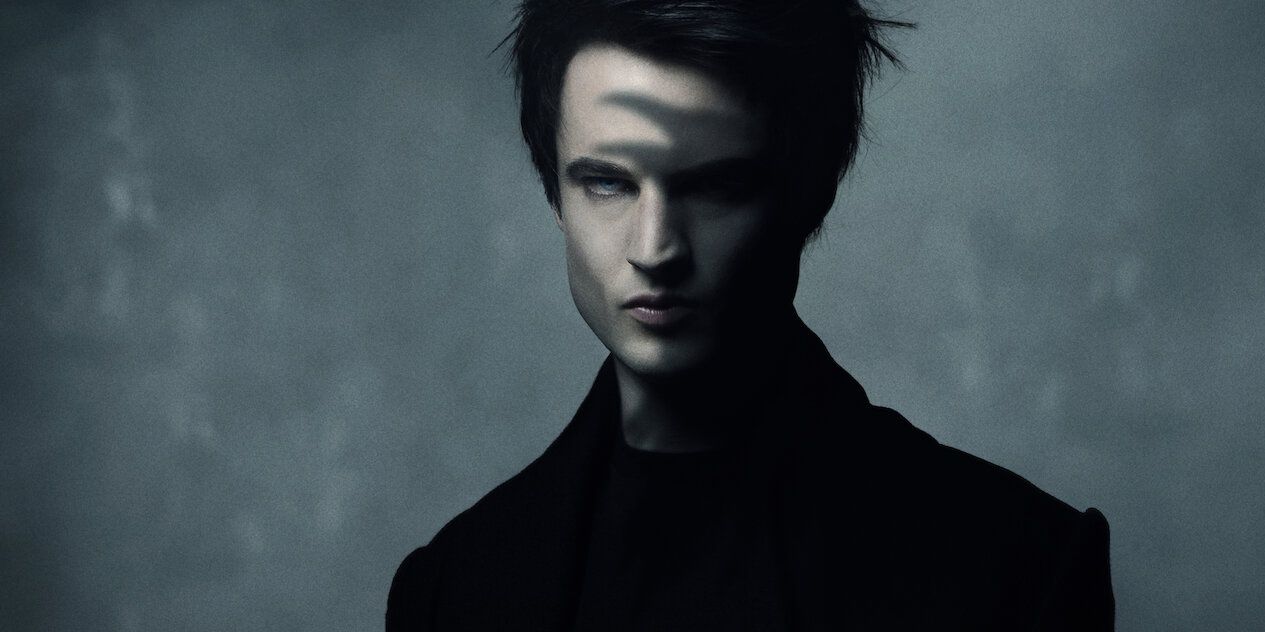Those who don't pay too much attention to comic book source material might think that almost every good graphic novel has hit the screen by now. However, some will be shocked to find that some of the strongest examples of the medium take ages to coalesce into the perfect on-screen adaptation.
The Sandman is one of the most hotly anticipated comic book adaptations of the modern age, bringing a beloved author's magnum opus to a thrilled fanbase and a new audience. Despite appearances, however, the upcoming Netflix series is far from the first attempt to bring Neil Gaiman's comic franchise off the page.
The first issue of Neil Gaiman's The Sandman hit store shelves via DC Comics in January 1989. That run, by far the most iconic of its collections, ran monthly (with some exceptions) for 75 issues until its conclusion in March 1996. The series reemerged in 1999, then again in 2013, but the elements that fans know and love were among the best-remembered comic book moments of the 90s. That means that many of the most popular moments of the franchise have been exclusive to those who read the comics, with the exception of the excellent audio performance, for thirty years. That period has seen superhero movies become popular, then fall from public favor, then become the most culturally dominant force in media. Throughout that time, attempt after attempt rose and fell, weaving a bizarre tale of creative failure.
In 1996, shortly after the final issue of The Sandman's original run was released to the public, serious work began on a film adaptation. Then as now, Warner Bros. holds the film rights to all of DC Comics, so they were in charge. The primary creative voices intent on launching the film were immensely talented screenwriting duo Ted Elliot and Terry Rossio. Elliot and Rossio wrote Aladdin, Shrek, The Road to El Dorado, The Mask of Zorro, and the first four Pirates of the Caribbean films. Though they're definitely not a hit factory, with a couple of real disasters including The Lone Ranger in their catalog, but the strength of their hits gave them big pull. They crafted a take on The Sandman which would've blended the first two collections, which appears to be the approach that the Netflix adaptation is taking as well. Director Roger Avary was attached after the smash success of his best-known production Pulp Fiction. Despite a solid team, things fell apart fast.
Avary repeatedly came into conflict with the film's producer Jon Peters, previously best known for producing Tim Burton's Batman. The in-fighting led to Avary being fired from the project. Avary evidently got along with Neil Gaiman well enough, because the pair reconnected over a decade later to work on Beowulf. With Avary gone and Elliot and Rossio's script gradually edited away, new talent needed to be brought in. Most of the attached directors and writers didn't stick around long enough to warrant a mention, but one changed the direction of the project. William Farmer, best known for writing the story of the widely despised 2010 Jonah Hex film turned in a script. Though Gaiman has never mentioned his take by name, he has mentioned that the final script on this project turned him away from the characters. Gaiman has since returned, but that script seemed to kill his love for the project altogether.
The next take on the film to come into existence was a mysterious affair. In early 2014, David S. Goyer, writer of The Dark Knight trilogy, joined Neil Gaiman and Joseph Gordon-Levitt as producers on the project. His Dark Materials writer Jack Thorne set to work on the screenplay with some success. The studio was reportedly happy with the first take on the script, but something changed over the development period. Eric Heisserer, the screenwriter of Arrival, was brought in for rewrites in 2016. The day after Heisserer's hiring, Joseph Gordon-Levitt left the project citing creative differences. Shortly thereafter, Heisserer followed Gordon-Levitt out the door, but he did so with a piece of useful advice. The screenwriter suggested to the studio that the property would better fit a prestige TV series.
The process of making The Sandman into a series also went through a couple of creative leads. The Boys showrunner Eric Kripke was brought in to handle the property, but Gaiman felt that his approach didn't quite fit. In the midst of the multiple attempts, Netflix grabbed Lucifer and turned it into something unique. Shortly thereafter, Warner Bros. set to work on the version of the show that will finally premiere on Netflix. Gaiman and Goyer were still attached as producers, the only remaining pieces of a strange journey.
The Sandman isn't unfilmable by any means, but its unique tone and unbridled creativity make it tough to adapt to the traditional studio format. Mankind may not know everything wrong with each take on the beloved text, but, hopefully, Gaiman has found the correct team to bring his work to life.

